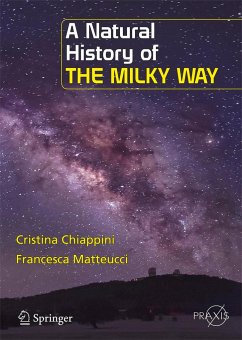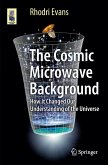One of the most stunning features of the night sky, and Earth's home, the Mily Way is fertile ground for exploring the mysteries of the universe. This book will provide an overview of how astronomers have attempted to uncover our Galaxy's past, and how current models of its structure may account for some of the most recent observations. Indeed, the distribution of chemical elements in our Galaxy serves as a 'fossil record' of its evolutionary history and is a powerful tool for studying the formation and evolution, not only of the Milky Way, but also of other galaxies.
In their journey through the history of our Galaxy the authors answer many fascinating and intriguing questions, such as: what can the Milky Way tell us about the Big Bang? What were the very first stars like? Are we able to find any of these first stars, still shining today, but born at a time when no metals had been formed and the gas and the Galaxy consisted of only hydrogen and helium? How didthe main biogenic elements form and how are they distributed throughout the Galaxy? Are there regions of our Galaxy where Earth-like planets such as ours might more easily form?
The text is addressed to the curious or interested reader and is intended to unveil to a general popular science audience some of the topics about the structure and evolution of our Galaxy which are now the subject of hot debate amongst professional astronomers around the world.
Hinweis: Dieser Artikel kann nur an eine deutsche Lieferadresse ausgeliefert werden.
In their journey through the history of our Galaxy the authors answer many fascinating and intriguing questions, such as: what can the Milky Way tell us about the Big Bang? What were the very first stars like? Are we able to find any of these first stars, still shining today, but born at a time when no metals had been formed and the gas and the Galaxy consisted of only hydrogen and helium? How didthe main biogenic elements form and how are they distributed throughout the Galaxy? Are there regions of our Galaxy where Earth-like planets such as ours might more easily form?
The text is addressed to the curious or interested reader and is intended to unveil to a general popular science audience some of the topics about the structure and evolution of our Galaxy which are now the subject of hot debate amongst professional astronomers around the world.
Hinweis: Dieser Artikel kann nur an eine deutsche Lieferadresse ausgeliefert werden.








